Home>Articles>How To Stop Hydrostatic Pressure In Basement Floor
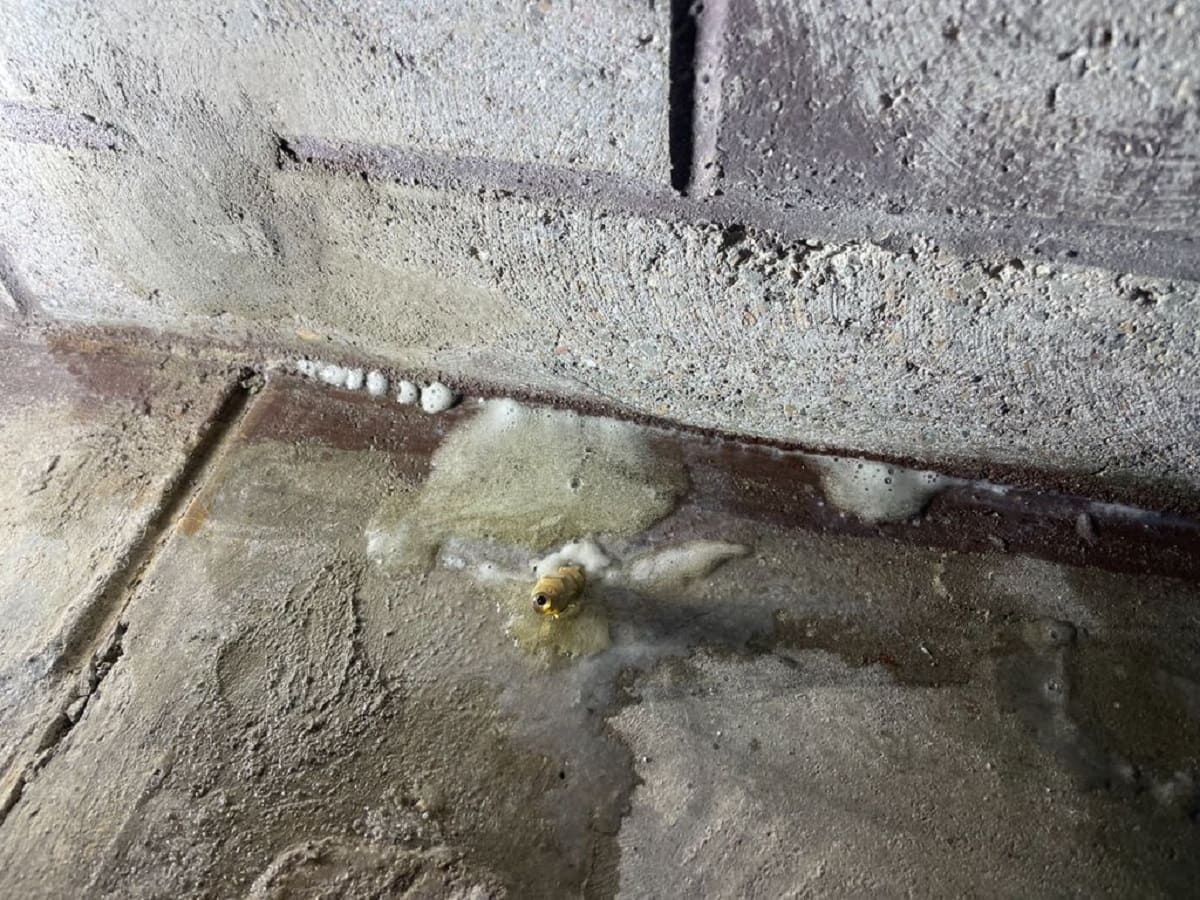

Articles
How To Stop Hydrostatic Pressure In Basement Floor
Modified: August 28, 2024
Learn effective strategies and techniques in our latest articles on how to stop hydrostatic pressure in basement floors. Discover practical solutions to prevent water damage and maintain a dry and secure environment.
(Many of the links in this article redirect to a specific reviewed product. Your purchase of these products through affiliate links helps to generate commission for Storables.com, at no extra cost. Learn more)
Introduction
Dealing with hydrostatic pressure in basement floors can be a daunting challenge for homeowners. When water accumulates around the foundation of a building, it exerts tremendous pressure on the basement floor, leading to potential issues such as cracks, leaks, and even structural damage. If left unaddressed, hydrostatic pressure can compromise the integrity of your basement and pose a risk to the overall stability of your home.
In this comprehensive guide, we will explore the causes and signs of hydrostatic pressure in basement floors and provide you with step-by-step instructions on how to effectively stop it. By following these measures, you can protect your basement from water infiltration and ensure the longevity and safety of your home.
Key Takeaways:
- Identify the Source of Water Infiltration: Thoroughly inspect your basement to pinpoint where water is entering. Concentrate efforts on those areas to effectively stop hydrostatic pressure and prevent further damage.
- Install a Drainage System: Ensure proper water redirection by installing French drains, maintaining gutters and downspouts, and improving landscape grading. These measures effectively reduce hydrostatic pressure and protect your basement from water infiltration.
Read more: How To Stop Basement From Leaking
Understanding Hydrostatic Pressure in Basement Floors
Before we delve into preventing hydrostatic pressure in basement floors, let us first understand what it is. Hydrostatic pressure refers to the force exerted by a fluid, such as water, against a surface. In the context of a basement floor, hydrostatic pressure occurs when water builds up around the foundation and pushes against the concrete floor from underneath.
The main cause of hydrostatic pressure in basements is groundwater. When the soil around the foundation becomes saturated with water, whether due to heavy rainfall, a high water table, or improper drainage, the excess water seeks a path of least resistance, which often leads to the basement. As the water accumulates, it exerts increasing pressure on the basement floor, leading to water intrusion and potential damage.
Hydrostatic pressure can result in several issues for basement floors. The constant pressure from the water can cause cracks to form in the concrete, allowing water to seep through. This can result in a damp or wet basement, leading to mold growth, musty odors, and damage to stored belongings.
In addition to the physical damage, hydrostatic pressure can also undermine the structural integrity of the basement and the entire house. The continuous pressure on the basement walls and floor can weaken the foundation, leading to shifting, cracking, or even collapsing in severe cases.
Understanding hydrostatic pressure and its potential consequences is essential in preventing and addressing this issue effectively. By taking proactive measures to alleviate the pressure and keep water out of your basement, you can avoid costly repairs and maintain a safe and dry living environment.
Signs of Hydrostatic Pressure in Basement Floors
Identifying the signs of hydrostatic pressure in basement floors is crucial for early detection and intervention. By recognizing these signs, you can take the necessary steps to address the issue before it leads to significant damage. Here are some common signs to look out for:
- Water Seepage: The most obvious and immediate sign of hydrostatic pressure is water seeping into the basement through cracks in the floor or walls. You may notice wet spots, puddles, or dampness in certain areas.
- Moisture and Dampness: Even if you don’t see visible water, excessive moisture and dampness in the basement can indicate hydrostatic pressure. Pay attention to condensation on walls or floors, a musty smell, or the presence of mold and mildew.
- Efflorescence: Efflorescence, the white powdery substance that appears on basement walls and floors, is a result of mineral deposits left behind by evaporated water. It is a clear indicator of water infiltration and hydrostatic pressure.
- Cracks and Leaks: Hydrostatic pressure can cause the formation of cracks in the basement floor. Look for any visible cracks, both small and large, and keep an eye out for any signs of water seeping through these cracks.
- Bowing Walls: In severe cases of hydrostatic pressure, you may notice the basement walls bowing inward. This occurs when the pressure from the water becomes too much for the foundation to handle, resulting in structural damage.
- An Unstable Foundation: If you notice uneven floors or doorways that no longer align properly, it may be a sign of an unstable foundation due to hydrostatic pressure. Monitor for any noticeable shifts or sinking of the basement floor.
It is important to note that the presence of one or more of these signs does not necessarily indicate hydrostatic pressure. Other issues, such as plumbing leaks or poor ventilation, can also cause similar symptoms. However, if you notice multiple signs or a persistent problem, it is advisable to consult a professional to assess the situation and determine if hydrostatic pressure is the underlying cause.
Being aware of the signs mentioned above will help you take prompt action and implement the necessary measures to stop hydrostatic pressure in your basement floors effectively. This proactive approach will protect your home from further damage and ensure a safe and dry living space.
Causes of Hydrostatic Pressure in Basement Floors
Understanding the causes of hydrostatic pressure in basement floors is essential in effectively addressing and preventing this issue. By identifying the root causes, you can implement targeted solutions to alleviate the pressure and keep water out of your basement. Here are the common causes of hydrostatic pressure:
- Poor Drainage System: Inadequate or faulty drainage systems around the foundation of a building can lead to an accumulation of water near the basement. When the water cannot be properly redirected away from the property, it increases the hydrostatic pressure on the basement floor.
- High Water Table: A high water table occurs when the level of groundwater rises close to the surface. This can be a result of natural factors such as heavy rainfall, proximity to bodies of water, or a low-lying area. With a high water table, the pressure on the basement floor is intensified, leading to potential water infiltration.
- Improper Landscape Grading: If the grading around your home slopes towards the foundation instead of away, it can worsen hydrostatic pressure. This allows rainwater to collect near the basement walls and floor, increasing the amount of water exerting pressure on the foundation.
- Poorly Sealed or Cracked Foundation: A compromised foundation with cracks or gaps provides an easy entry point for water. As groundwater seeps through these openings, it increases the hydrostatic pressure on the basement floor and can lead to water infiltration.
- Inadequate Waterproofing: Insufficient or deteriorating waterproofing measures in the basement can contribute to hydrostatic pressure. If the walls or floors are not adequately sealed against water penetration, it allows moisture to seep in, leading to increased pressure on the basement floor.
- Inefficient Gutters and Downspouts: If the gutters and downspouts are clogged, damaged, or improperly installed, they can fail to effectively redirect rainwater away from the foundation. This can result in excess water around the basement area, leading to hydrostatic pressure.
It is important to address the underlying causes of hydrostatic pressure to effectively stop the water infiltration and protect your basement floor. Identifying the specific cause in your situation will help guide the appropriate remedial measures, whether it involves improving drainage, repairing foundation cracks, or implementing proper waterproofing measures.
By addressing these causes and taking preventive actions, you can significantly reduce the hydrostatic pressure in your basement floors and mitigate the risks associated with water infiltration and damage.
Step-by-Step Guide to Stop Hydrostatic Pressure in Basement Floors
Stopping hydrostatic pressure in basement floors requires a systematic approach to address the underlying causes and implement effective solutions. By following this step-by-step guide, you can effectively alleviate the pressure and prevent water infiltration in your basement. Here are the essential steps:
- Identify the Source of Water Infiltration: Thoroughly inspect your basement to determine the source of water infiltration. Check for cracks in the foundation, leaks from plumbing or water fixtures, and any areas where water might be entering. Identifying the source will help you target your efforts towards the specific areas that need attention.
- Install a Drainage System: To ensure proper water drainage away from your foundation, consider installing a drainage system. This can include French drains, gutters, downspouts, and a proper grading system. These measures will help redirect water away from the basement and reduce hydrostatic pressure.
- Repair Cracks and Leaks: Seal any cracks or gaps in the foundation to prevent water from seeping through. Use waterproofing sealants or epoxy injections to repair the damaged areas. Address leaks from plumbing or fixtures promptly to prevent further water infiltration.
- Waterproof the Basement Walls and Floors: Apply a waterproofing membrane or coating to the basement walls and floors to create a barrier against water penetration. This will help reduce hydrostatic pressure and protect your basement from moisture and potential damage.
- Improve Landscape Grading and Downspout Extensions: Ensure that the soil around your home slopes away from the foundation, allowing rainwater to flow away from the basement. Consider adding downspout extensions to direct water further away from the property and prevent it from pooling near the foundation.
- Install a Sump Pump: A sump pump is an effective tool for removing excess water from your basement. It helps prevent hydrostatic pressure by collecting water in a sump pit and pumping it out of the basement. Consider installing a reliable sump pump system to keep your basement dry and reduce pressure on the floor.
It is recommended to consult with a professional contractor or basement waterproofing specialist to assess your specific situation and provide expert advice on the best course of action. They can help determine the most suitable solutions based on the severity of hydrostatic pressure and any underlying issues.
By following these steps and implementing appropriate measures, you can effectively stop hydrostatic pressure in your basement floors and protect your home from water infiltration and potential damage. It is important to regularly maintain and inspect your basement to ensure long-term effectiveness and peace of mind.
Read more: How To Waterproof Basement Floor
Identify the Source of Water Infiltration
The first step in stopping hydrostatic pressure in basement floors is to identify the source of water infiltration. This is crucial in developing an effective plan to address the issue. Here are some key areas to investigate:
Cracks in the Foundation: Inspect the walls and floors of your basement for any visible cracks. These can serve as entry points for water. Use a flashlight to carefully examine the entire surface, paying close attention to corners, joints, and areas where the cracks might be less noticeable.
Leaks from Plumbing or Fixtures: Check for any leaks in your plumbing system, such as pipes, drains, or water fixtures in the basement. Look for signs of water damage, dripping, or pooling around these areas. Addressing plumbing leaks promptly can help prevent further water infiltration and reduce the hydrostatic pressure.
Exterior Sources: Evaluate how external factors might be contributing to water infiltration. Assess the grading around the foundation to ensure that it slopes away from the house. Poor grading can cause water to accumulate near the basement walls and increase hydrostatic pressure. Also, consider the positioning of downspouts. Ensure that they are directed away from the foundation and that there are no obstructions or damage that could cause water to pool near the basement.
Condensation: Moisture and condensation on the basement walls or floor can indicate water infiltration. Look for any signs of moisture, dampness, or the presence of mildew or mold. Condensation can be an indication of high humidity levels, which can contribute to hydrostatic pressure.
Professional Inspection: If you are unable to identify the source of water infiltration or if you suspect larger issues, it is advisable to consult with a professional contractor or basement waterproofing specialist. They have the expertise and equipment to conduct a thorough inspection and provide you with a detailed assessment of the situation. They can also recommend the most appropriate solutions to address the specific sources of water infiltration.
Identifying the source of water infiltration is essential as it allows you to target your efforts and resources towards the specific areas that require attention. By understanding where the water is entering your basement, you can implement more precise measures to stop hydrostatic pressure, prevent further water damage, and protect the integrity of your basement floors.
To stop hydrostatic pressure in a basement floor, consider installing a sump pump and a French drain system to redirect water away from the foundation. Additionally, ensure proper grading and waterproofing of the exterior walls.
Install a Drainage System
To effectively stop hydrostatic pressure in basement floors, installing a drainage system is a crucial step. A properly functioning drainage system helps to redirect water away from the foundation, preventing excessive water accumulation and reducing the pressure on the basement floor. Here are the key elements to consider when installing a drainage system:
French Drains: French drains are an effective solution for managing excess water near the foundation. These drains consist of a perforated pipe placed in a trench filled with gravel. The pipe collects water and directs it away from the basement. Professional help may be required to properly install a French drain system.
Gutters and Downspouts: Ensure that your gutters are clean and in good condition to effectively collect rainwater from the roof. Install downspouts that direct water at least 6 feet away from the foundation. Consider using extensions or splash blocks to ensure proper water flow away from the basement.
Grading: Evaluate the slope of the soil around your home’s foundation. Ideally, the soil should be graded away from the house to prevent water from pooling near the basement. Adjust the grading, if necessary, by adding soil or regrading the area to slope away from the foundation.
Interior Drainage System: In some cases, an interior drainage system, such as a sump pump, may be necessary. A sump pump collects water from the basement and pumps it out and away from the foundation. This solution is particularly useful in areas with high water tables or frequent basement flooding.
Professional Assistance: Installing a drainage system can be complex. It is recommended to seek professional assistance, such as a qualified contractor or a basement waterproofing specialist, to ensure a proper installation. They will have the expertise and knowledge to assess your specific situation and recommend the most suitable drainage system for your home.
By installing a comprehensive drainage system, you can effectively manage water flow and prevent it from exerting excessive pressure on your basement floors. Proper grading, functional gutters and downspouts, and an interior drainage system, if needed, work together to keep water away from the foundation, reducing the risk of hydrostatic pressure and potential water damage.
Repair Cracks and Leaks
To stop hydrostatic pressure in basement floors, it is important to address any cracks and leaks in the foundation promptly. These openings provide easy entry points for water and can exacerbate the pressure on the basement floor. Here are the steps to repair cracks and leaks effectively:
- Assess the Damage: Thoroughly inspect the basement walls and the floor for any visible cracks or gaps. Use a flashlight to examine the entire surface, paying close attention to corners, joints, and areas prone to cracks.
- Clean the Area: Before proceeding with the repairs, clean the cracks and surrounding areas. Use a wire brush or a similar tool to remove any loose debris, dirt, or old sealant. This will ensure better adhesion when applying the repair materials.
- Choose the Right Repair Method: The method of repair will depend on the size and type of the cracks. For smaller cracks, you can use a high-quality waterproof sealant or epoxy injection. These products are designed to fill and bond the cracks, creating a watertight seal. For larger or structural cracks, it is advisable to consult a professional to assess the situation and recommend the appropriate repair technique.
- Apply the Repair Material: Follow the manufacturer’s instructions for the chosen repair product. Use a putty knife or a similar tool to apply the sealant or epoxy into the cracks, ensuring that the material fills the entire void. Smooth out the surface for a neat finish.
- Allow for Proper Curing: Be patient and allow the repair material to cure properly. Follow the recommended curing time specified by the manufacturer before subjecting the repaired area to any moisture or pressure.
- Monitor for Further Leaks: After completing the repairs, closely monitor the basement to ensure that the cracks and leaks have been effectively sealed. Check for any signs of water seepage or dampness. If you notice additional leaks or water infiltration, it may indicate the need for further repairs or professional assistance.
Repairing cracks and leaks in the foundation is essential in stopping hydrostatic pressure and preventing water infiltration. By addressing these openings, you create a strong barrier against water intrusion, reducing the risk of further damage to your basement floors.
If you are unsure about how to repair the cracks and leaks yourself or if the damage is extensive, it is recommended to seek professional help. A qualified contractor or basement waterproofing specialist can assess the situation, provide expert advice, and ensure that the repairs are done correctly, offering long-lasting protection for your basement.
Waterproof the Basement Walls and Floors
One of the critical steps to stop hydrostatic pressure in basement floors is to waterproof the walls and floors. Waterproofing creates a protective barrier against water infiltration, reducing the risk of moisture buildup and the resulting pressure. Here’s how you can effectively waterproof your basement:
- Surface Preparation: Before applying any waterproofing products, it’s essential to prepare the surface properly. Clean the basement walls and floors, removing any dirt, debris, or loose material. Fill any noticeable cracks or gaps with an appropriate sealant or patching compound.
- Choose the Right Waterproofing Products: Select high-quality waterproofing products suitable for your basement’s specific needs. These may include waterproofing paints, coatings, membranes, or a combination of these. Consider products that are specifically formulated for below-grade applications.
- Apply the Waterproofing Product: Follow the manufacturer’s instructions for the chosen waterproofing product. Start by applying a primer, if required, to help the waterproofing material adhere to the surface. Use a brush, roller, or sprayer to apply the waterproofing product, ensuring even coverage. Pay extra attention to vulnerable areas such as corners, joints, and areas prone to water buildup.
- Multiple Coats: In many cases, it is recommended to apply multiple coats of the waterproofing product for optimum protection. Follow the instructions for drying time between coats to ensure proper adhesion and effectiveness. Apply the subsequent coats in a different direction (e.g., horizontal and then vertical) to ensure thorough coverage.
- Allow for Curing: Give the waterproofing product ample time to cure and dry. This timeframe varies depending on the product and the prevailing conditions. It is crucial to follow the manufacturer’s instructions for the recommended curing time before subjecting the surface to any moisture or pressure.
- Regular Maintenance: Periodic maintenance is essential to ensure the continued effectiveness of the waterproofing. Inspect the walls and floors regularly for any signs of damage or water seepage. Address any issues promptly to prevent further damage or deterioration.
By waterproofing the basement walls and floors, you provide a reliable barrier against water infiltration, minimizing hydrostatic pressure and protecting your basement from moisture-related issues. Waterproofing is a proactive measure that safeguards your basement and adds to the longevity of your home.
If you are uncertain about the appropriate waterproofing methods or if you have a more complex situation, consulting a professional contractor or basement waterproofing specialist is recommended. They can provide expert guidance, choose the right products, and ensure that the waterproofing is done correctly, giving you peace of mind and long-lasting protection against hydrostatic pressure.
Read more: How To Carpet A Basement Floor
Improve Landscape Grading and Downspout Extensions
Improving landscape grading and extending downspouts are crucial steps in preventing hydrostatic pressure in basement floors. Proper drainage around the foundation helps to redirect water away from the basement, reducing the risk of water accumulation and pressure. Here’s how you can improve landscape grading and downspout extensions effectively:
- Evaluate the Landscape Grading: Assess the slope of the soil around your home’s foundation. Ideally, the grading should slope away from the house, allowing water to naturally flow away. If you notice any areas where the soil is sloping towards the foundation, regrading may be required.
- Adjust the Soil Grading: To improve landscape grading, you may need to add soil or redistribute existing soil to create a gentle slope away from the foundation. Aim for a slope of at least 6 inches over a distance of 10 feet. Compact the soil as you go to ensure stability.
- Install a French Drain: If you have persistent water drainage issues, consider installing a French drain along the perimeter of your home. A French drain consists of a perforated pipe enclosed in a gravel-filled trench. It helps collect and redirect water away from the foundation.
- Inspect and Clean Gutters: Regularly check your gutters for debris and blockages. Clean them to ensure proper water flow. Consider installing gutter guards to prevent debris buildup and reduce the frequency of cleaning.
- Extend Downspouts: Downspouts play a critical role in directing rainwater away from the foundation. Ensure that your downspouts extend at least 6 feet away from the house. Use downspout extensions or splash blocks as necessary to channel water further away from the foundation.
- Direct Water into Drainage Systems: Connect downspout extensions to existing drainage systems or create a slope that allows water to flow into appropriate drainage areas, such as storm drains or areas with natural drainage paths.
Improving landscape grading and extending downspouts helps ensure that rainwater is properly directed away from your home’s foundation. By managing water flow effectively, you can minimize the risk of hydrostatic pressure. Additionally, addressing these issues also helps reduce the likelihood of other water-related problems around your property.
If you are unsure about the best approach to improve landscape grading or extend downspouts, consider seeking the advice of a professional landscaper or drainage specialist. They can assess your property’s unique characteristics and provide tailored recommendations to improve drainage and prevent hydrostatic pressure in your basement floors.
Install a Sump Pump
Installing a sump pump is a highly effective measure to prevent hydrostatic pressure in basement floors. It helps remove excess water from your basement, keeping the area dry and reducing the pressure on the floor. Here’s what you need to know about installing a sump pump:
- Evaluate Your Basement: Assess the layout and size of your basement to determine the most suitable location for installing a sump pump. The ideal spot is usually in the lowest area of the basement, often referred to as the sump pit, which collects water.
- Excavate the Sump Pit: If you do not already have a sump pit, you will need to excavate a hole in your basement floor to create one. The size and depth of the pit will depend on the specifications of the sump pump you plan to install. It is recommended to consult the manufacturer’s guidelines or seek professional assistance to ensure proper sizing and positioning.
- Choose the Right Sump Pump: Select a sump pump that suits your specific needs. Consider factors such as the size of your basement, the potential amount of water you expect to encounter, and any additional features you may require, such as a battery backup system for power outages.
- Install the Sump Pump: Follow the manufacturer’s instructions for installing the sump pump. Typically, this involves placing the pump into the sump pit and connecting it to a discharge pipe or hose that directs water away from the basement. Ensure that the pump is level and securely positioned to avoid any vibration or movement during operation.
- Add a Lid or Cover: Consider adding a lid or cover to the sump pit to prevent debris, odors, and humidity from escaping and entering your basement. This helps maintain a cleaner and more controlled environment.
- Test and Maintain: Once the sump pump is installed, test it to ensure proper functioning. Regularly clean and inspect the pump, removing any debris or sediment that may accumulate in the pit. Check the pump’s float switch and verify that the discharge pipe or hose is clear and free-flowing.
A sump pump is an effective solution to prevent hydrostatic pressure and keep your basement dry and free from water damage. However, it is crucial to ensure proper installation and maintenance for the pump to operate effectively when needed.
If you are unsure about the technical aspects of installing a sump pump or need assistance in selecting the right pump for your basement, it is recommended to consult a professional plumber or basement waterproofing specialist. They have the expertise to assess your specific needs and provide guidance on the most suitable sump pump system for your home.
Conclusion
Dealing with hydrostatic pressure in basement floors is a crucial task for homeowners. The constant pressure from water infiltration can lead to cracks, leaks, and structural damage. It is essential to address this issue promptly to protect the integrity of your basement and ensure the safety of your home.
In this comprehensive guide, we have covered the key steps to stop hydrostatic pressure in basement floors. By following these steps, you can effectively mitigate the risks associated with water infiltration and create a dry and secure living environment:
- Identify the Source of Water Infiltration: Thoroughly inspect your basement to determine where the water is entering and concentrate your efforts on those areas.
- Install a Drainage System: Ensure proper water redirection by installing French drains, maintaining gutters and downspouts, and improving landscape grading.
- Repair Cracks and Leaks: Seal any cracks or gaps in the foundation promptly to prevent further water infiltration.
- Waterproof the Basement Walls and Floors: Apply suitable waterproofing products to create a protective barrier against water penetration.
- Improve Landscape Grading and Downspout Extensions: Ensure that the soil slopes away from the foundation and that downspouts extend at least 6 feet away from the house.
- Install a Sump Pump: Consider installing a sump pump to effectively remove excess water from the basement and reduce hydrostatic pressure.
It is important to note that every basement and situation is unique. Some homeowners may need to implement all of these steps, while others may only require a few. Consulting with professionals, such as contractors or basement waterproofing specialists, can provide valuable insights and guidance tailored to your specific needs.
Remember to regularly inspect your basement and perform necessary maintenance to ensure the ongoing effectiveness of the measures taken. By doing so, you can protect your home from hydrostatic pressure and enjoy a safe, dry, and functional basement for years to come.
Frequently Asked Questions about How To Stop Hydrostatic Pressure In Basement Floor
Was this page helpful?
At Storables.com, we guarantee accurate and reliable information. Our content, validated by Expert Board Contributors, is crafted following stringent Editorial Policies. We're committed to providing you with well-researched, expert-backed insights for all your informational needs.
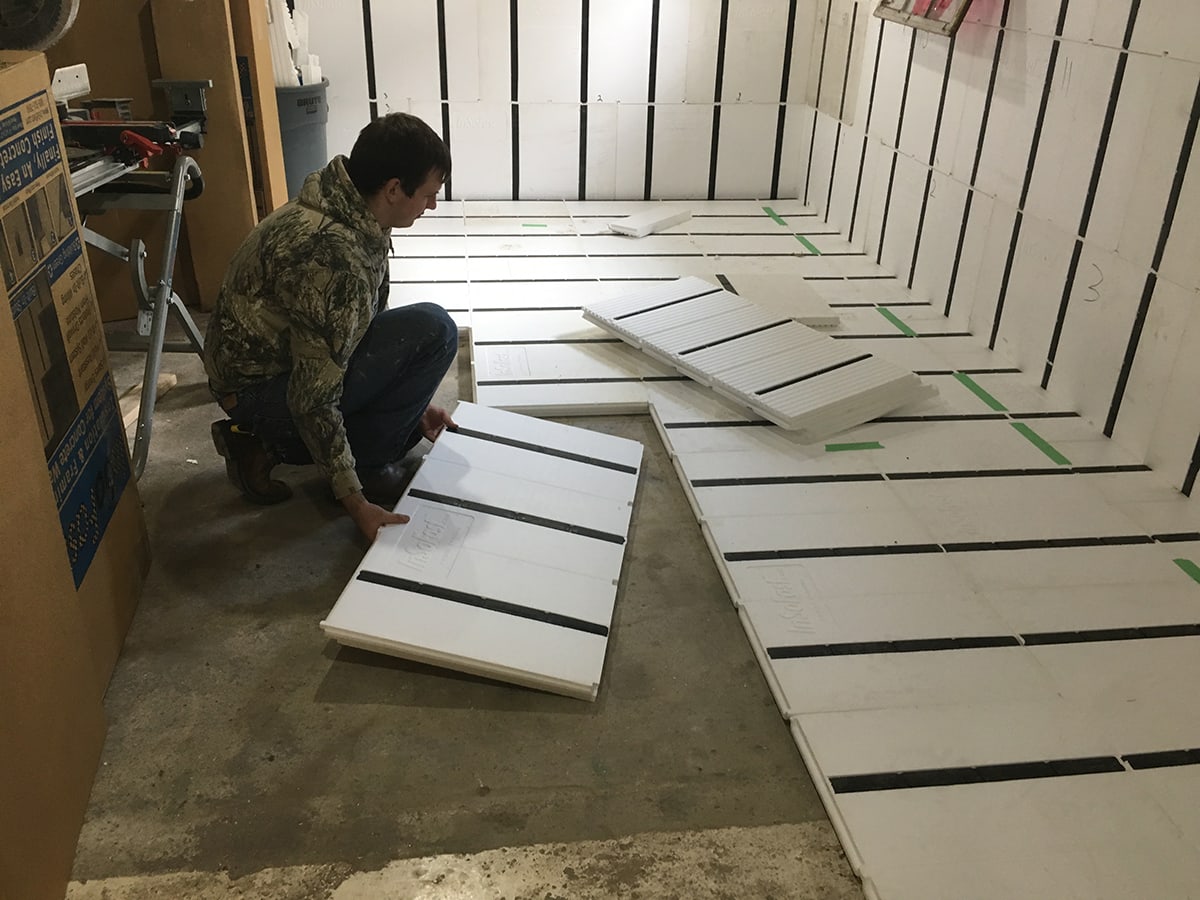
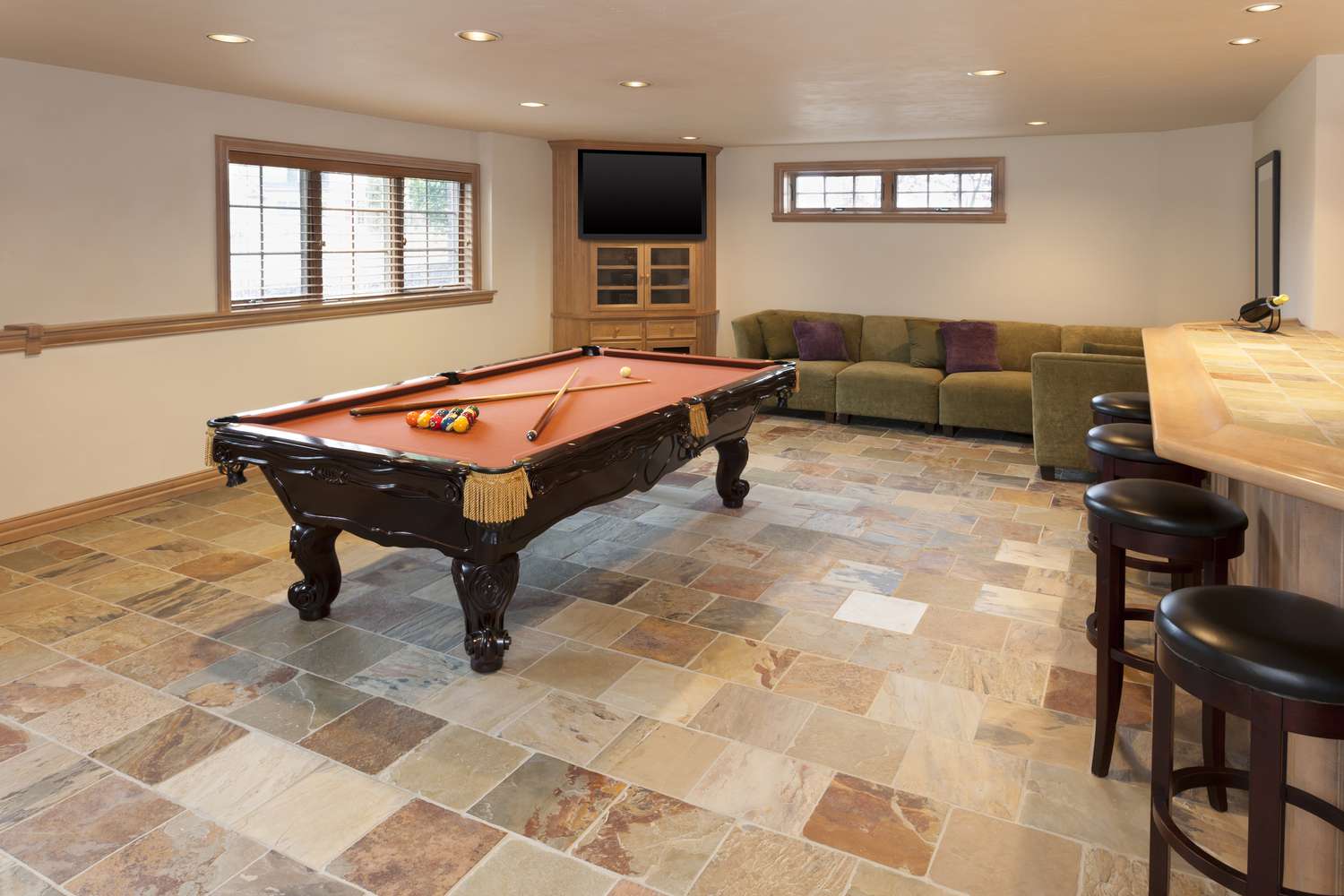
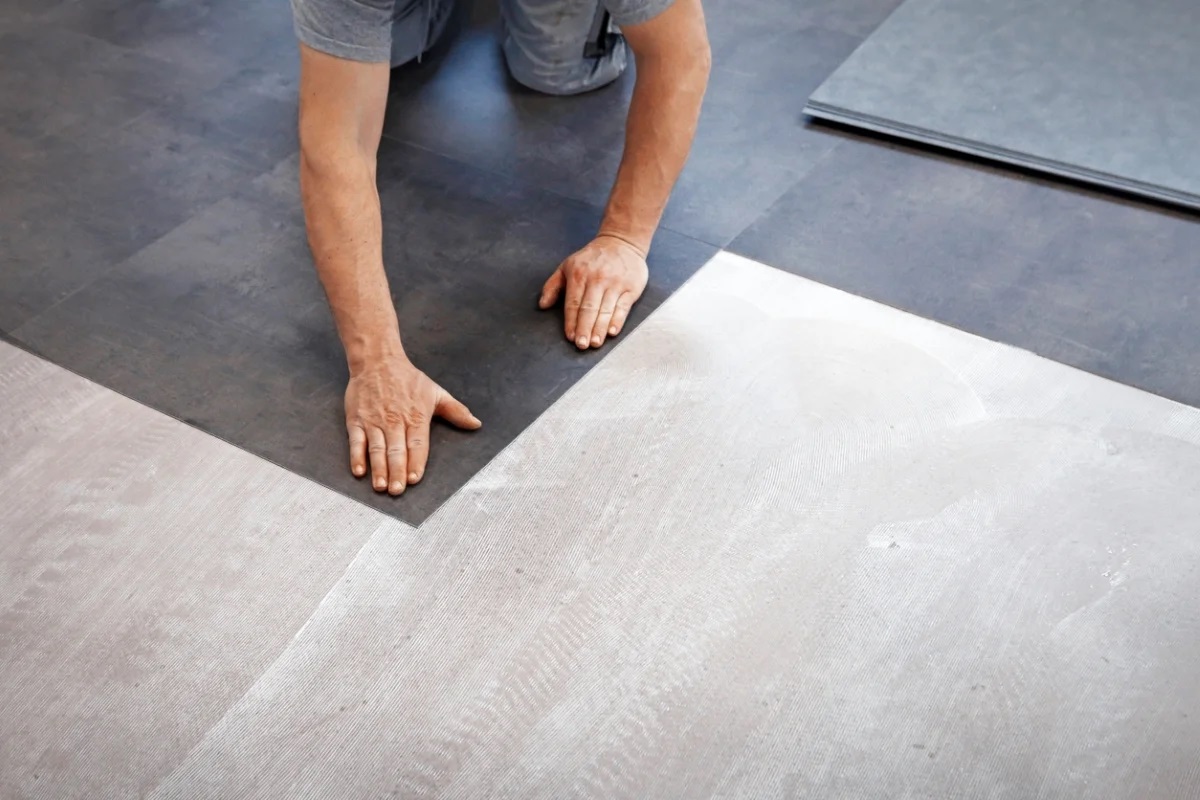
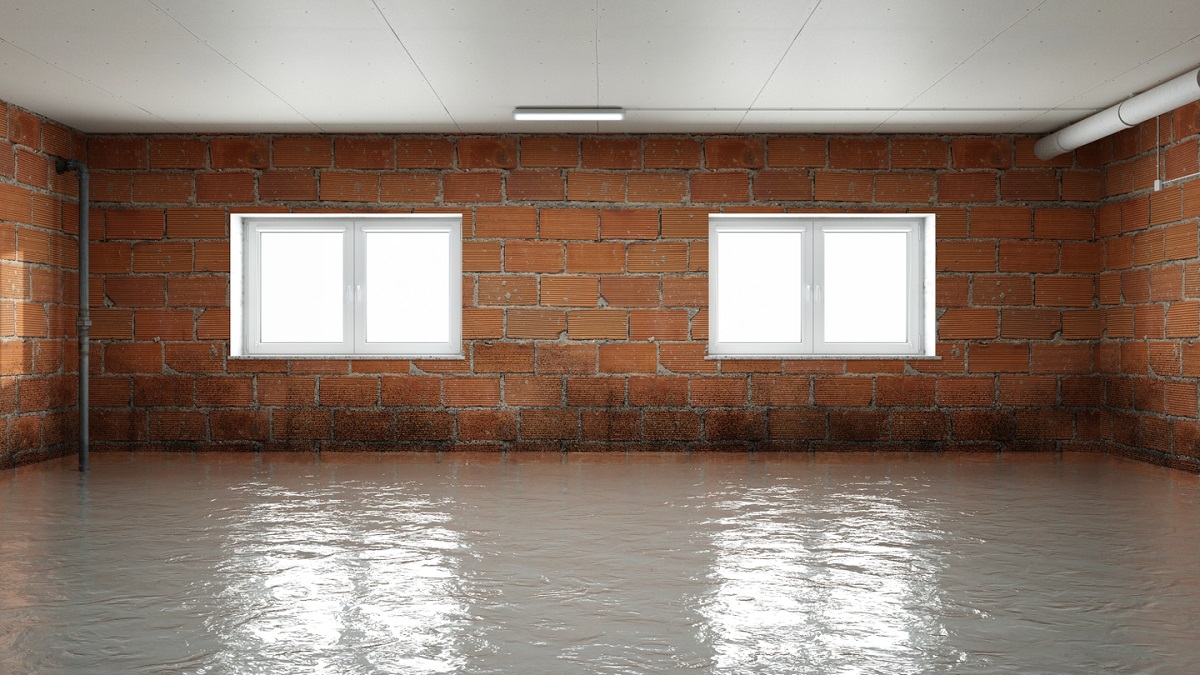
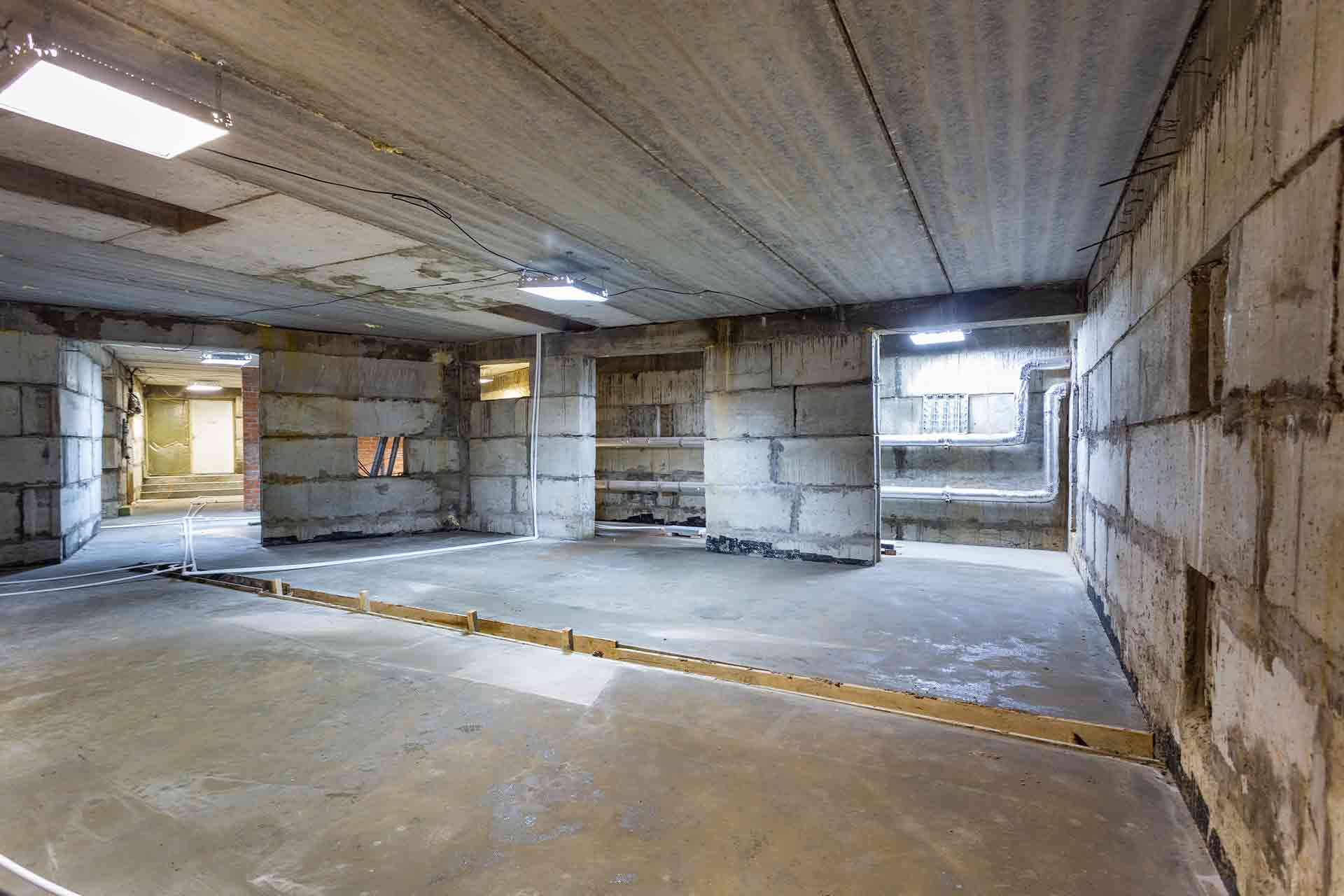


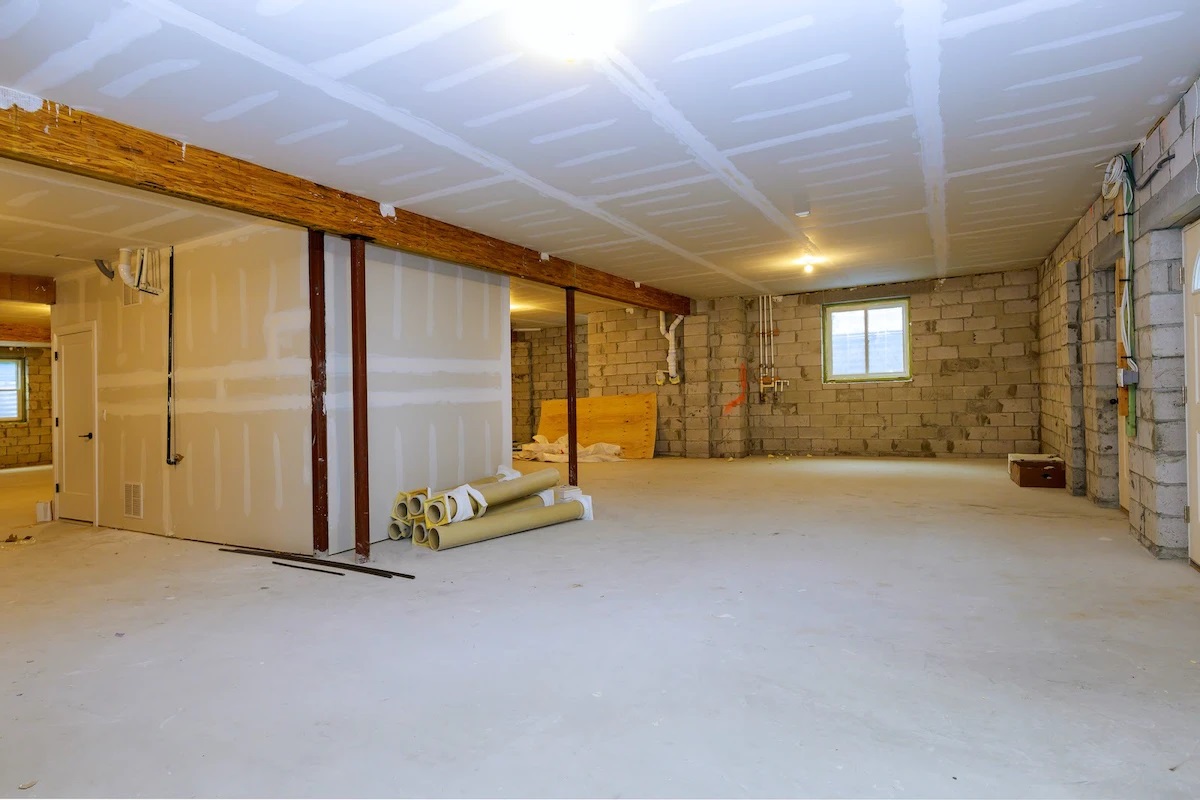

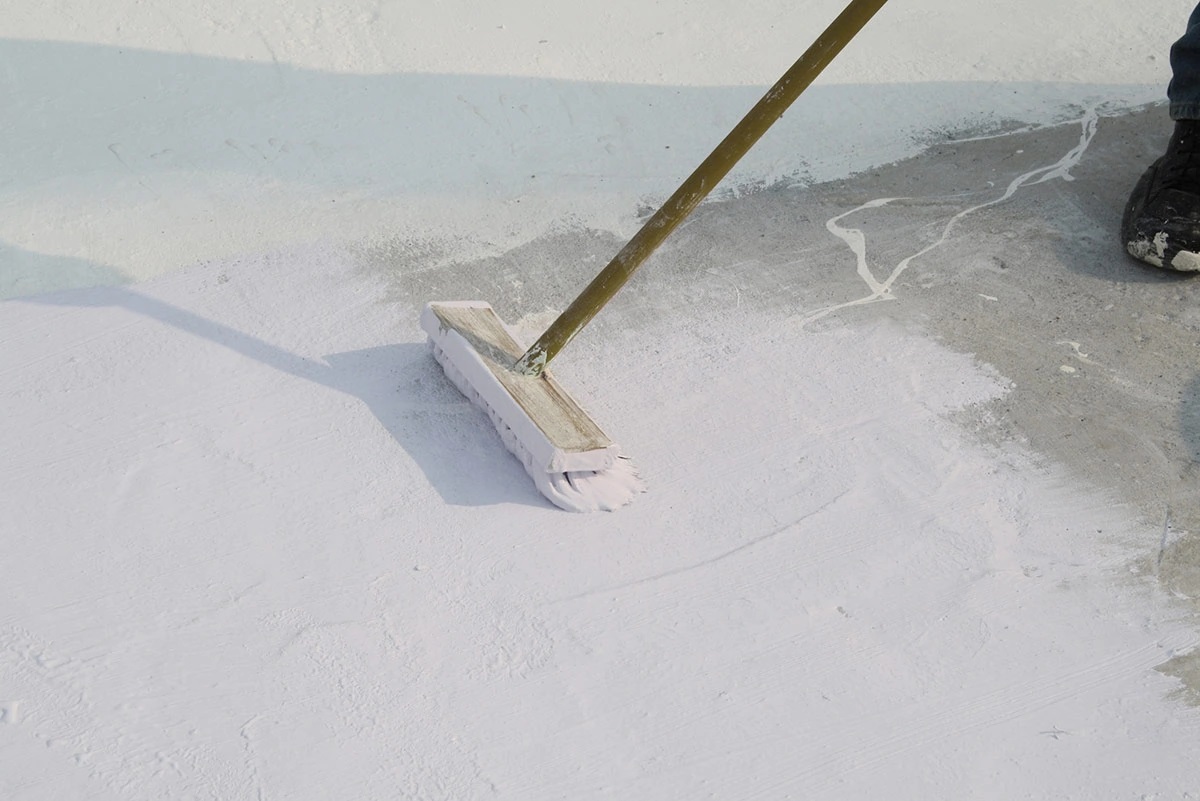
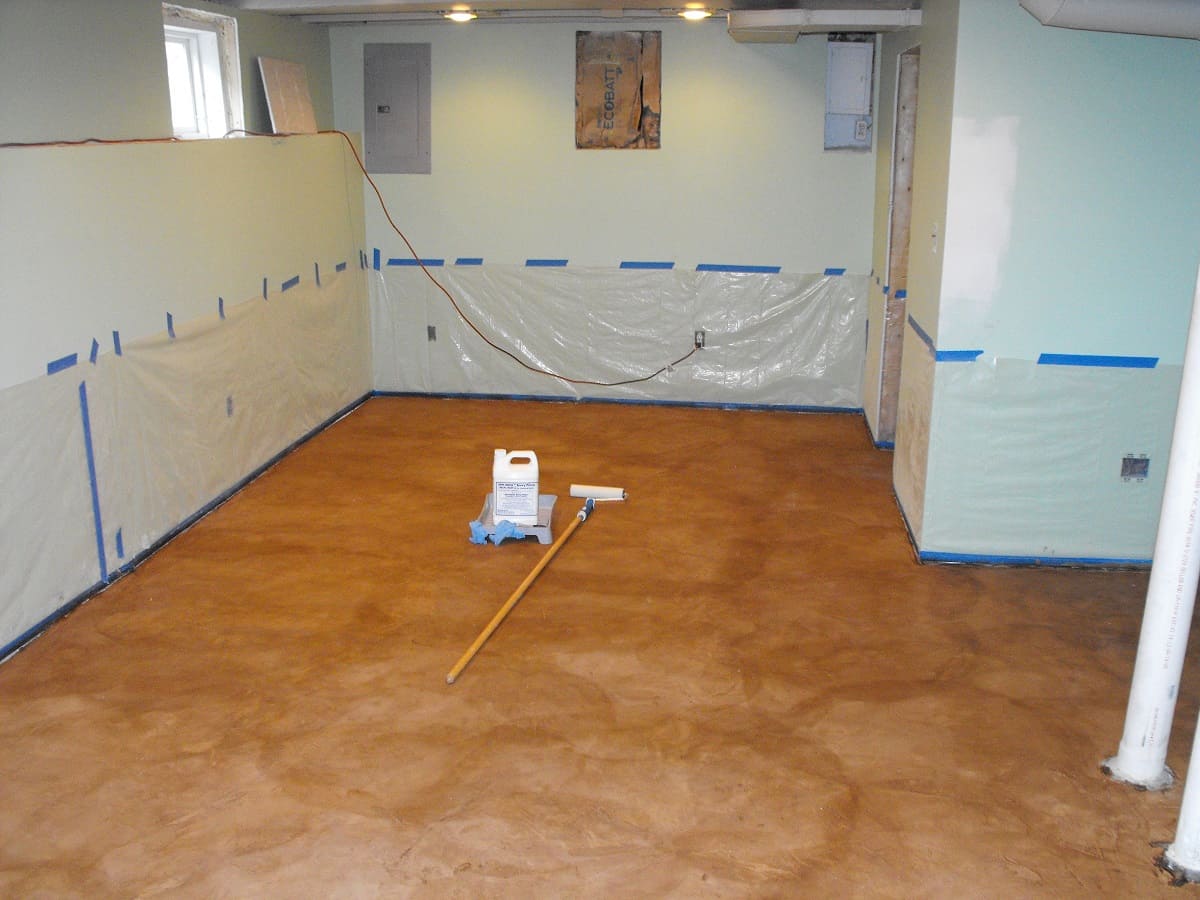
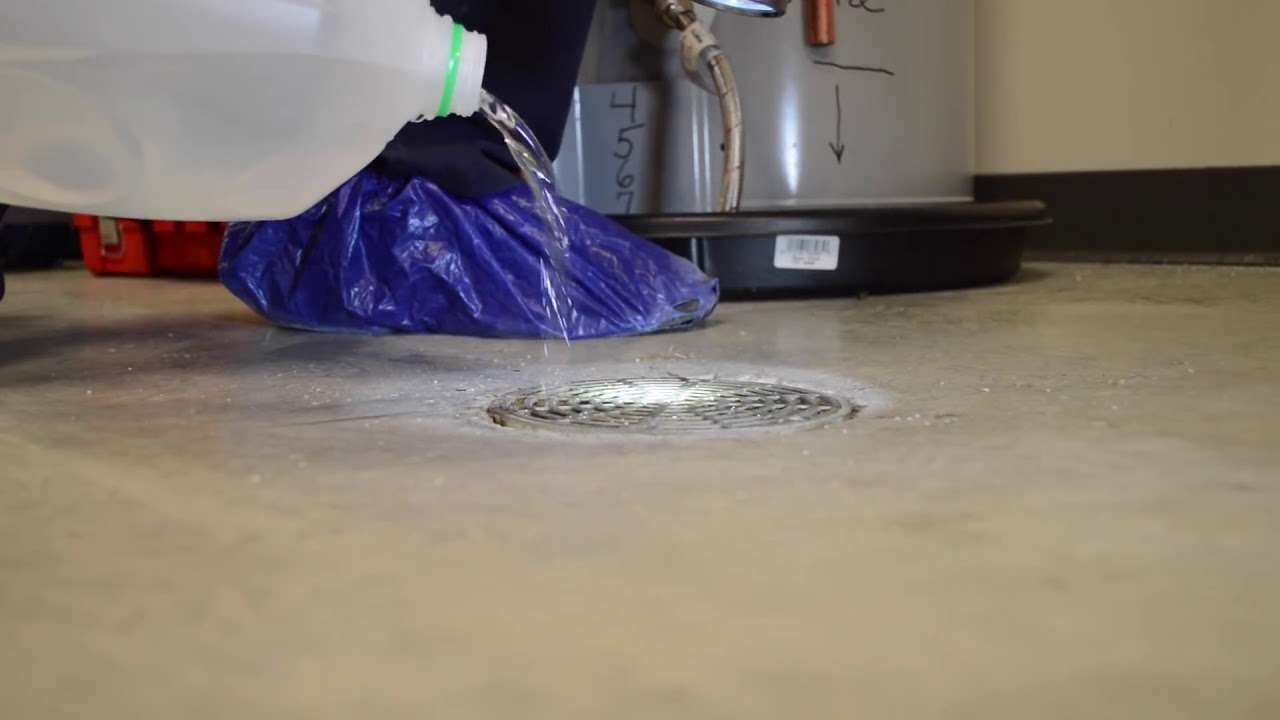
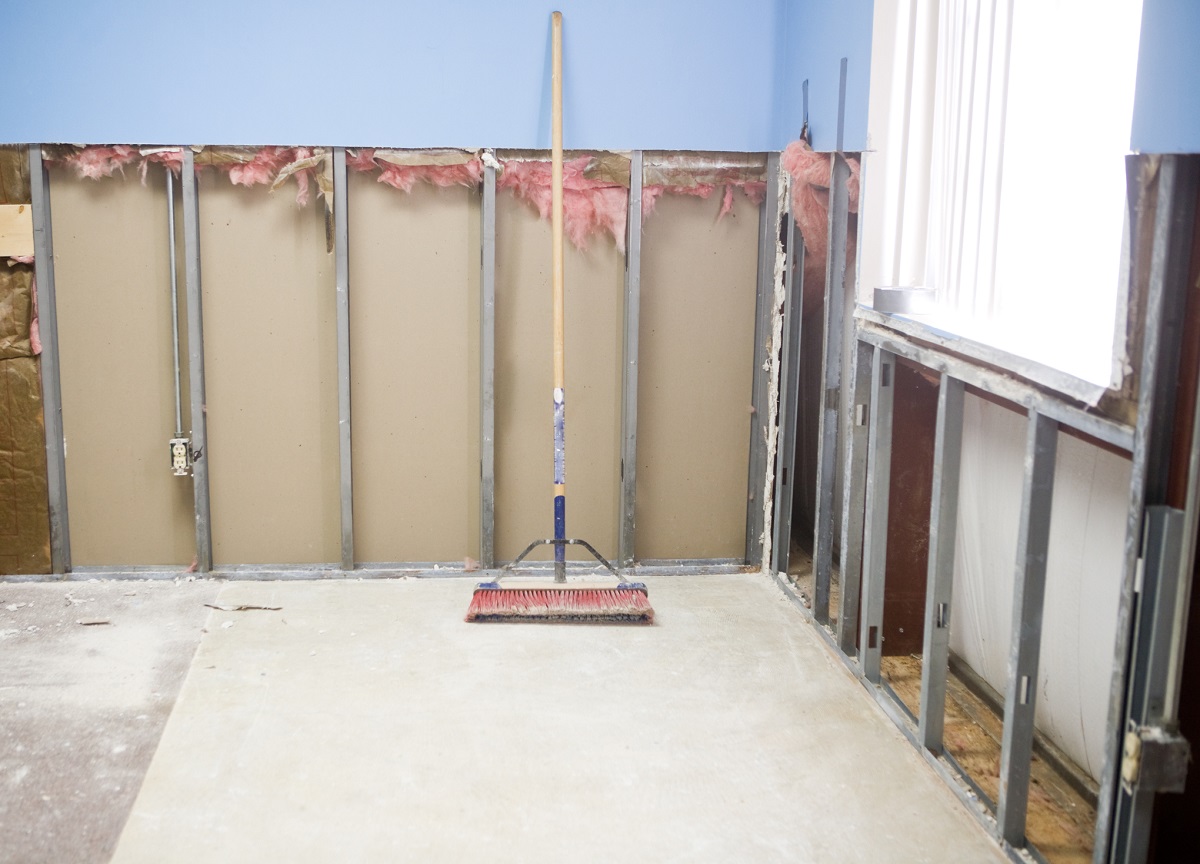

0 thoughts on “How To Stop Hydrostatic Pressure In Basement Floor”